I dug out this piece of batik from my pile of Indian fabrics, and it took me back to its origin – a tiny crumbling building nestled in the warren of narrow streets of the majestic city of Udaipur in Rajasthan. While the building seemed modest from the outside, it was home to the internationally renowned Batik Art Research and Training Institute (BARTI), founded and run by Dr Abdul Majeed. Dr Majeed has taught under-privileged women the craft of batik as a way to support themselves economically for the past four decades.
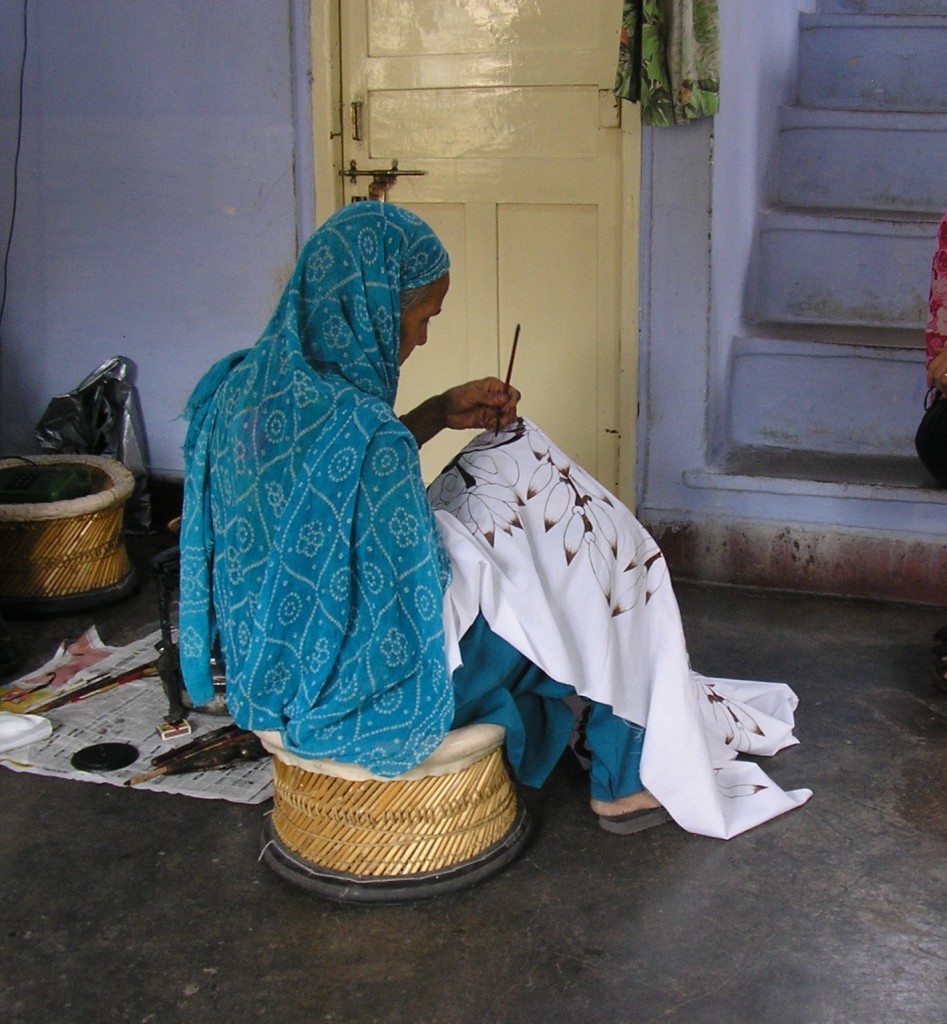
The charismatic Dr Majeed told us the history of this craft – thought to be 2000 years old, gave us a copy of an article written for the British Daily Telegraph newspaper in 1979 about the BARTI and gave us the opportunity to have a go. I love doing batik and was thrilled to be taught by a master, but of course the results were disappointingly inferior to the experienced artists’ masterpieces.
The pieces produced by BARTI were mainly one-off art works for wall hangings or to be framed exquisitely produced using a high level of skill and several colours.
Batik is produced by applying wax onto cloth which resists the dye that the cloth is then dipped in and so reveals the contrasting design. If more colours are needed, the process will be akin to that of mud-resist printing and tie dyeing, where once the cloth is dipped in one colour dye, more wax is applied to the areas that are to be left the first colour and dipped in again to create three colours and so on. The wax is applied using a kalam (pen) or tjanting tool which allows for a more precise application, or using an engraved block, as is the method in Kachchh, Gujarat. For finer designs stamps with fine strips of copper are used.
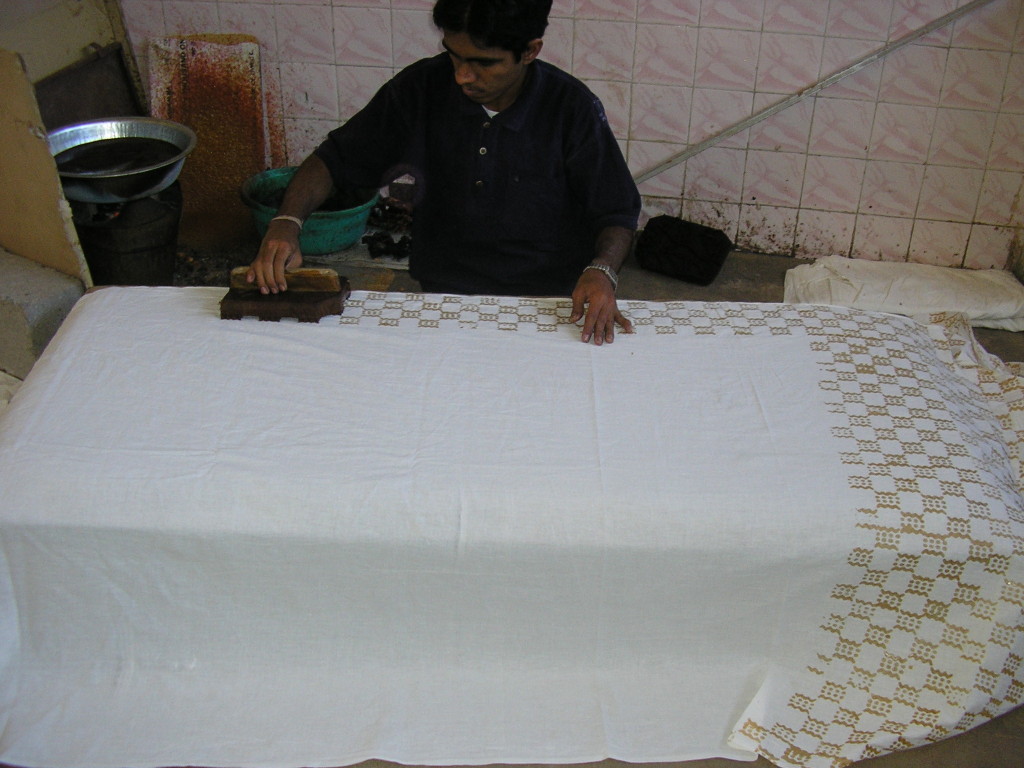
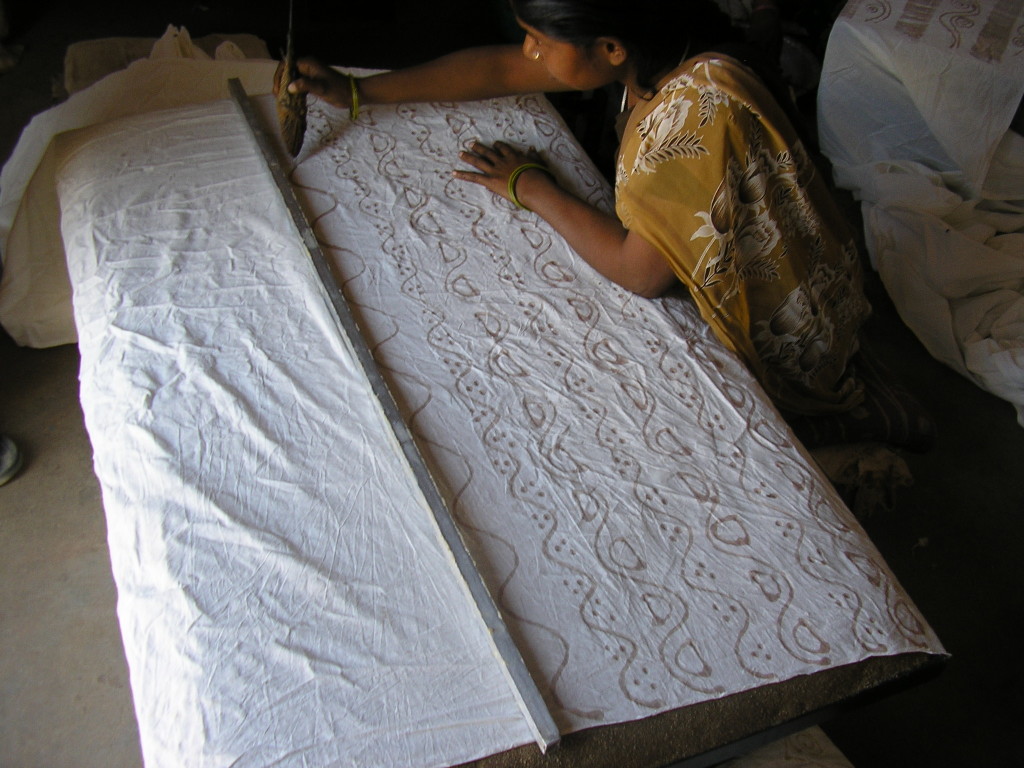
Batik in Kachchh was traditionally produced by the Khatri communities – like bandhani and ajrakh block printing. However, today there are more communities practising the craft. The main centres today are Mundra and Mandvi where artisans produce for markets in Ahmedabad and Mumbai through merchants in Bhuj. Today synthetic dyes and paraffin wax are used, but in the past natural dyes would have been used and as Eiluned Edwards tells, us a form of wax known as kanka which was a product derived from the seeds of the pilu (jojoba) tree and min, the term for beeswax.
VGS Batik in the bustling coastal town of Mandvi was set up to encourage the continuation of a traditional craft and provide employment for locals. They produce fabrics for bed linens and co-ordinating suits (salwar, kamiz and dupatta).
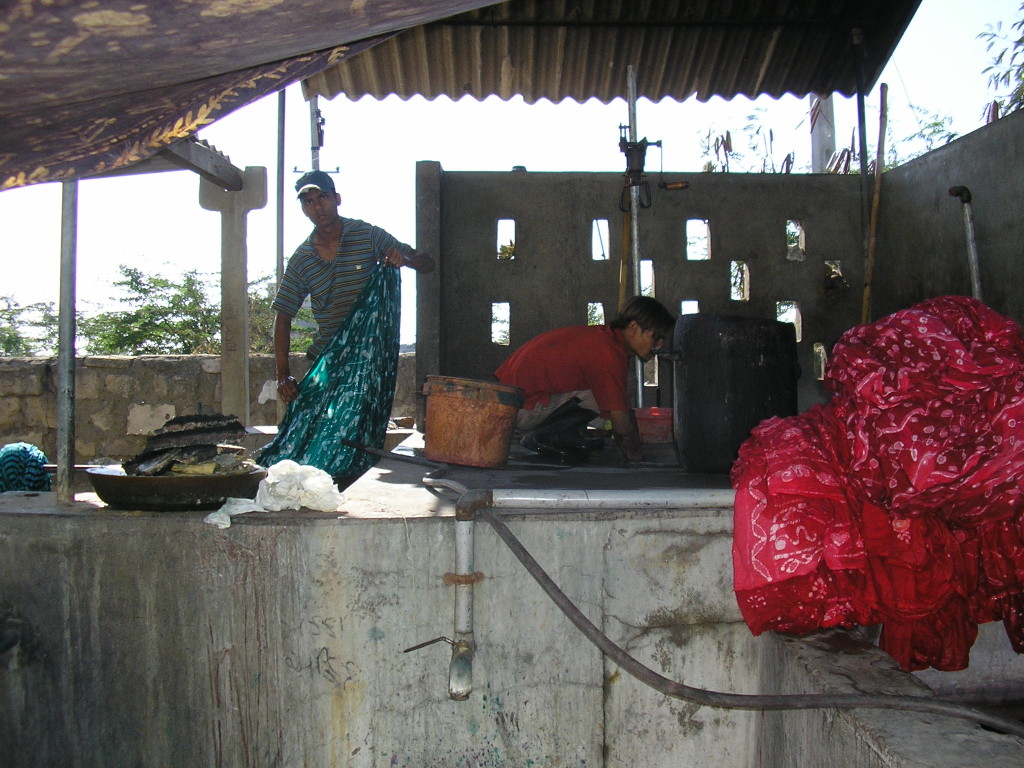
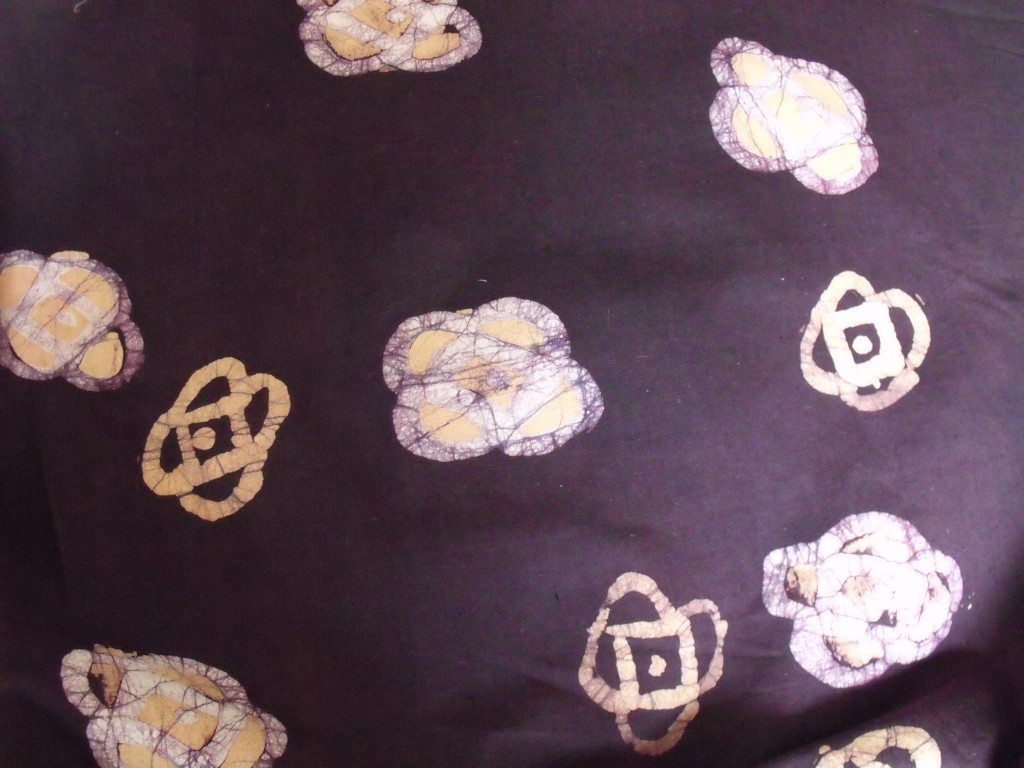
This is only a small snapshot of batik in India. Watch this space for follow-up articles once I get to the many more regions that practice this fascinating craft. In the mean time, you can read more about batik at the following websites and books.
My Batik website
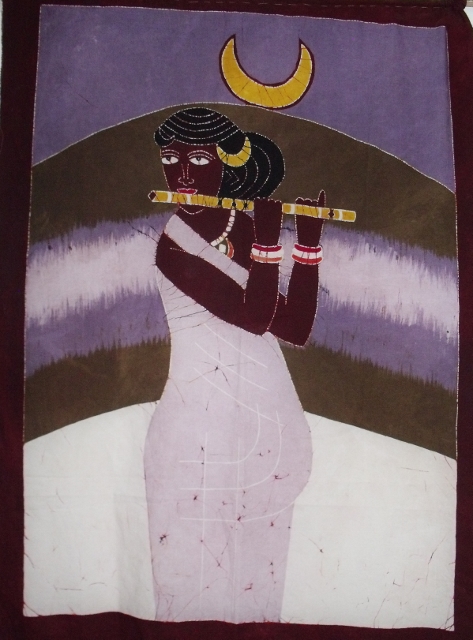
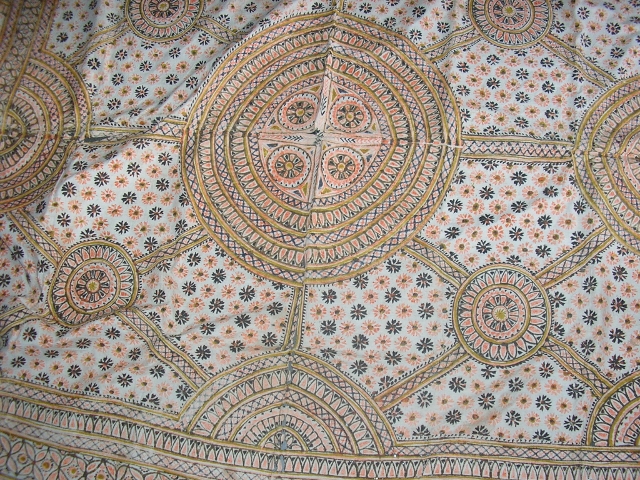
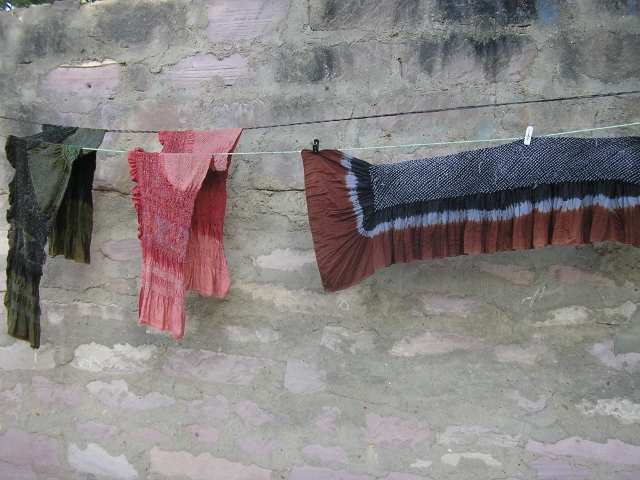
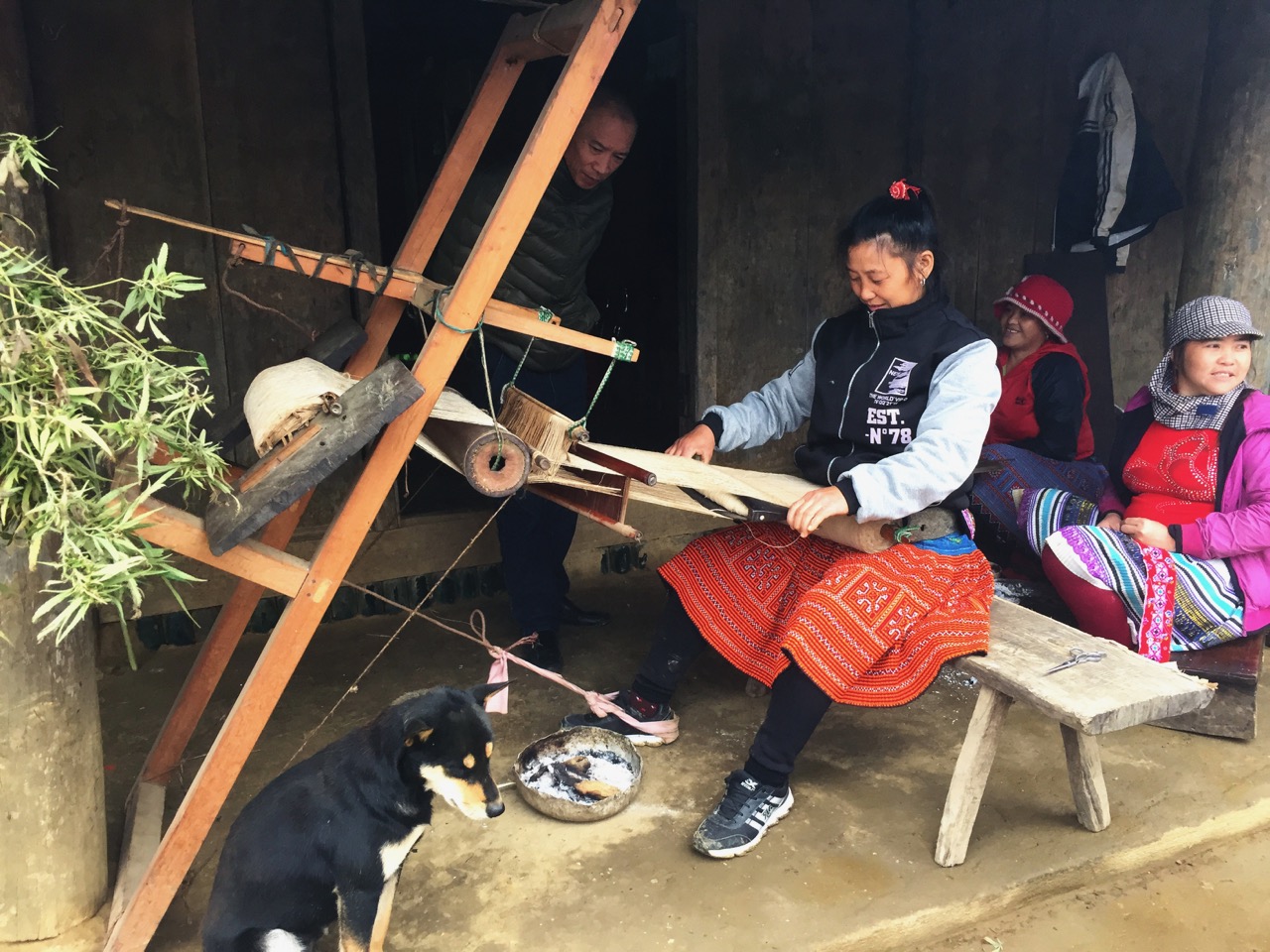
4 Comments
Pingback:
Azzaral Batik
Very great batik, motif and colour.
Ajrakh Dupatta
I was very pleased to find this wonderful blog.
Ajrakh Dupatta
Thank you! You have some wonderful dupattas!